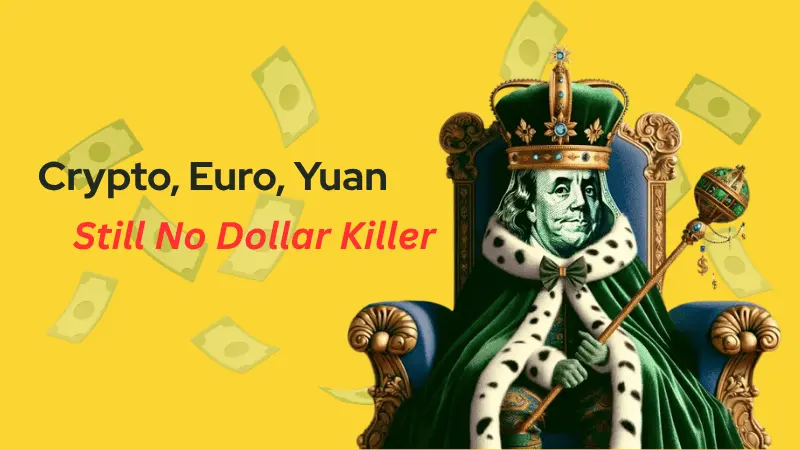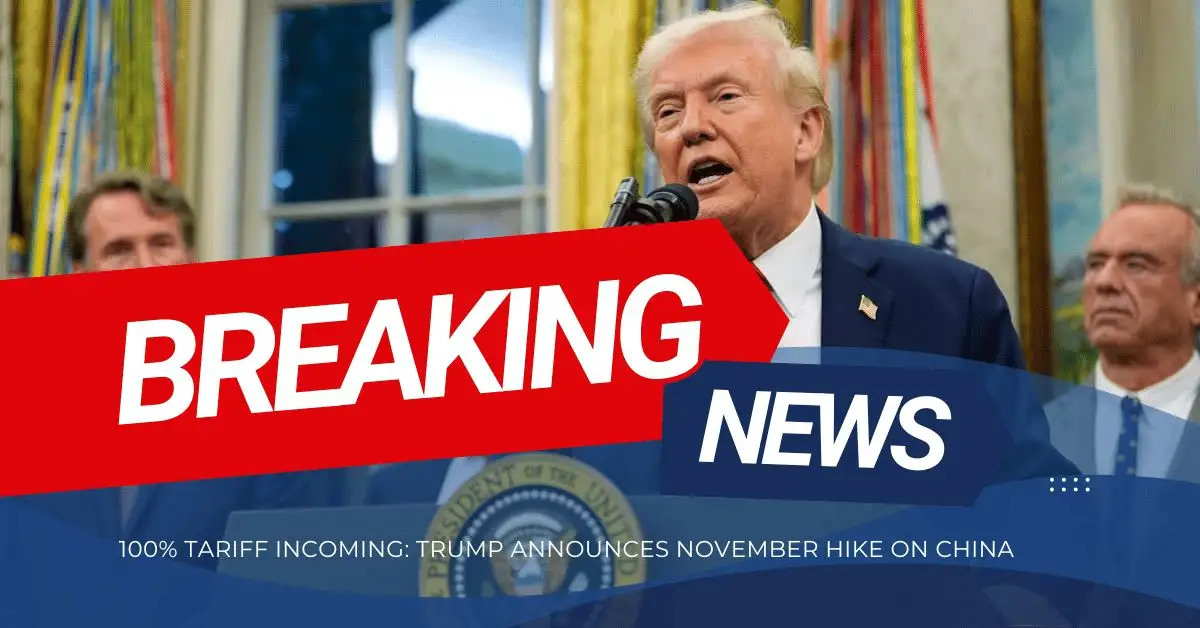Crude Prices Flat as Possible Rate Hikes Fuel Demand Worries
Abstract:On Monday crude oil prices were flat, pressured by concerns that more U.S. interest rate increases may dent demand.

On Monday crude oil prices were flat, pressured by concerns that more U.S. interest rate increases may dent demand.
U.S. West Texas Intermediate crude was 0.3% or 27 cents, higher at $80.10 per barrel, while Brent crude was at $84.42 per barrel, 6 cents lower after hitting a session high of more than $85 earlier in the session.
Crude posted a second straight week of losses after Fed Chair Jerome Powell on Friday said the central bank might have to hike rates more to ease stubborn inflation further.
BOK Financials senior vice president of trading, Dennis Kissler, said there were still concerns about demand declining especially if there is another hike in interest rates. He added that the market was very nervous.
On Thursday, the Fed's preferred inflation gauge, personal consumption expenditures price index will be released, and on Friday non-farm payrolls data is due.
Although China halved stamp duty on equity trading, Chinese stock markets wiped out most of their strong gains on the opening on persistent concerns about a spluttering economy.
Saxo Bank‘s head of commodity strategy, Ole Hansen, said the oil market was focusing on whether Brent can regain momentum on a break above $85, Tropical Storm Idalia heading for Florida, and China’s actions to support its economy.

Read more

Crypto, Euro, Yuan: Still No Dollar Killer
Despite frequent “de-dollarization” headlines, the U.S. dollar remains unrivaled due to unmatched market depth, global usability, and trusted legal/institutional frameworks. Crypto and other currencies (euro, yuan) lack the stability, convertibility, and infrastructure required to replace the USD, while the Fed’s credibility and the scale of U.S. financial markets continue to anchor demand. Bottom line: no alternative currently offers a complete, credible substitute for the dollar’s global role.

100% Tariff Incoming: Trump Announces November Hike on China
The U.S. will impose an additional 100% tariff on Chinese imports starting Nov. 1, 2025—potentially earlier—alongside new export controls on “critical software,” escalating tensions after Beijing’s rare-earth curbs, new port fees, a Qualcomm probe, and a halt to U.S. soybean purchases. Stocks fell on the news. Key context: some U.S.-China tariffs remain paused until Nov. 10, a Supreme Court case could reshape Trump’s tariff authority, new U.S. duties on cabinets (Oct. 1) and wood products (Oct. 14) are in force, and a pause on Mexico tariffs is set to end next month.

What is NFP in Forex? An Insightful Guide for Traders
The Non-farm Payroll (NFP) report may be for the US. However, the report, which is issued every month, impacts the forex market globally. The monthly report estimates the number of jobs gained in the US in the previous month. The job numbers stated on this report exclude those of farms, private households, and non-profit organizations. Usually released on the first Friday of the month, the report also includes the US unemployment rate, average hourly earnings, and participation rate. In this article, we have answered the question - what is NFP in forex - and shared other pertinent details. Read on!

Fed Rate Cuts May Not Happen in July, Markets Await Policy Meeting Minutes Release
Federal Reserve officials had a meeting on June 17-18 during which some of them expressed a fall in interest rates in July. However, a lot of policymakers are still worried about the inflationary pressures that might emerge from US President Donald Trump’s import tariff decisions aimed at changing global trade. So, it seems the rate cut may not happen in July. Read this to know more.
WikiFX Broker
Latest News
Spring Rally in Chinese Equities Signals Potential Lift for AUS and NZD
China’s Export Resilience: A Structural Pivot Towards the 'Global South'
Silver Smashes $70: Is the "Forced Central Bank Buying" Thesis Playing Out?
Biggest 2025 FX surprise: USD/JPY
NFA Charges Japan’s Forex Wizard and Mitsuaki Kataoka With Delaying Withdrawal Requests
Why Your Entries Are Always Late (And How to Fix It)
【WikiEXPO Global Expert Interviews】Robert Hahm: From Asset Management to AI Innovation
Treasury vs. Fed: Bessent leads Trump's Campaign to Reshape US Monetary Policy
Ceasefire on the Brink: 14 Nations Condemn Israel as Geopolitical Risk Premiums Rise
Ringgit hits five-year high against US dollar in holiday trade
Rate Calc


